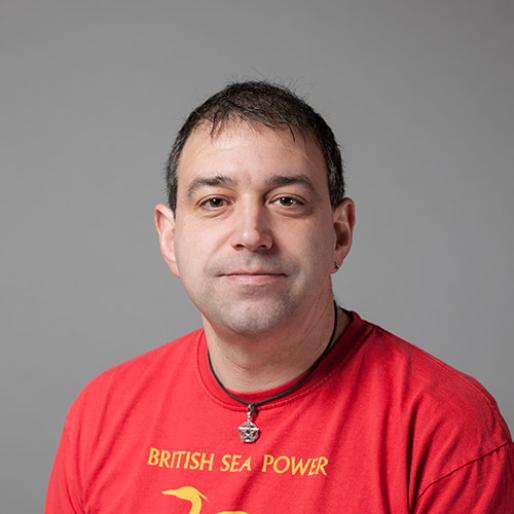The big picture: using wildflower strips for pest control
A recent study conducted in southwest England has shed light on the connection between large-scale climate drivers and suspended sediment concentrations, a key factor in water quality. The research, focused on the impact of changing weather patterns on soil erosion, suggests that climate indices could be used to help land managers plan how to best handle sedimentation risk in local water courses.
Soil erosion and sediment delivery are growing concerns for water quality across western Europe, with increasing pressures from agriculture and climate change. While previous studies have explored the effects of broad climate systems such as the North Atlantic Oscillation (NAOi) on weather patterns, a new index—the West Europe Pressure Anomaly (WEPAi), based on the atmospheric pressure difference between the Canary Islands and Ireland —has been proposed as more directly relevant to the region, particularly in northwestern Europe.
Using long-term data from meteorological records, climate indices, and detailed discharge and turbidity measurements, the research team explored the relationship between these climate drivers and suspended sediment concentrations over a four-year period. They found that in winter months, there were significant positive relationships between sediment levels and the WEPAi index, but not with the NAOi. Interestingly, no such patterns were observed in the summer, and the NAOi was not linked to sediment responses at any spatial scale explored in the study.
The findings point to the potential of WEPAi in explaining periods of high sediment loss, allowing farmers and land managers to better understand how their activities run the risk of elevated pollution. However, the study emphasizes that more research is needed across different landscape types to confirm whether these results hold true in a broader context.
Our research highlights the growing importance of understanding climate’s role in elevating soil erosion, sediment loss and water quality degradation,” said Prof. Adie Collins who led the study. “Hopefully these insights can help improve risk planning.”
Image: Shutterstock

Science Director

Environmental Scientist

Catchment Systems
Rothamsted Research is the longest-running agricultural research institute in the world. We work from gene to field with a proud history of ground-breaking
discoveries in areas as diverse as crop management, statistical interpretation and soil health. Our founders, in 1843, were the pioneers of modern
agriculture, and we are known for our imaginative science and our collaborative approach to developing innovative farm practice.
Through independent research, we make significant contributions to improving agri-food systems in the UK and internationally, with
economic impact estimated to exceed £3 bn in annual contribution to the UK economy. Our strength lies in our systems approach, which combines strategic research,
interdisciplinary teams and multiple partnerships.
Rothamsted is home to three unique National Bioscience Research Infrastructures which are open to researchers from all over the world:
The Long-Term Experiments,
Rothamsted Insect Survey and the
North Wyke Farm Platform.
We are strategically funded by the Biotechnology and Biological Sciences Research Council (BBSRC), with additional support from other national and
international funding streams, and from industry. We are also supported by the Lawes Agricultural Trust (LAT).
The Biotechnology and Biological Sciences Research Council is part of UK Research and Innovation, a non-departmental public body funded by a grant-in-aid
from the UK government.
BBSRC invests to push back the frontiers of biology and deliver a healthy, prosperous and sustainable future. Through our investments, we build and support a vibrant,
dynamic and inclusive community which delivers ground-breaking discoveries and develops bio-based solutions that contribute to tackling global challenges,
such as sustainable food production, climate change, and healthy ageing.
As part of UK Research and Innovation (UKRI), we not only play a pivotal role in fostering connections that enable the UK’s world-class research and innovation system
to flourish – we also have a responsibility to enable the creation of a research culture that is diverse, resilient, and engaged.
BBSRC proudly forges interdisciplinary collaborations where excellent bioscience has a fundamental role. We pioneer approaches that enhance the equality, diversity,
and inclusion of talent by investing in people, infrastructure, technologies, and partnerships on a global scale.
The Lawes Agricultural Trust, established in 1889 by Sir John Bennet Lawes, supports Rothamsted Research’s national and international agricultural science through the provision of land, facilities and funding. LAT, a charitable trust, owns the estates at Harpenden and Broom's Barn, including many of the buildings used by Rothamsted Research. LAT provides an annual research grant to the Director, accommodation for nearly 200 people, and support for fellowships for young scientists from developing countries. LAT also makes capital grants to help modernise facilities at Rothamsted, or invests in new buildings.